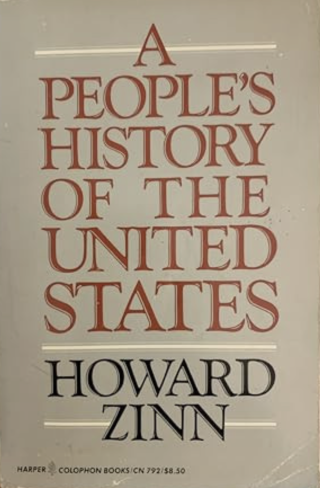This was a highly politicized history, one that questioned established scholarly conventions of objectivity. It found an enormous readership, attracting fans with experience of activism during the 1960s and 1970s. But the book especially captured the attention of that generation’s children and grandchildren, who interpreted it as an antidote to the insipid history presented in their high-school classrooms.
Published by Harper & Row, A People’s History has sold more than two million copies and been translated into numerous foreign languages. It therefore stands as an example of the enduring popularity of historical writing aimed at non-academic audiences during the second half of the twentieth century. However, as Sowell’s 1987 excoriation highlights, Zinn attracted a more partisan response from his readers than previous works of popular history by liberal scholars like Richard Hofstadter, Daniel Boorstin, and John Hope Franklin. How could a 600-page textbook synthesis of left-wing historical writing cause such consternation on the right (as well as in certain sections of the historical profession), while generating such devotion on the left? Part of the answer to this question lies in the matter of timing: Zinn’s book emerged amid the “culture wars” of the 1980s and 1990s, a moment in which conservatives pushed back against the liberal and radical agendas forged by activists and intellectuals during the 1960s. In part, these were debates about national history, and whether the purpose of learning about that history was to make students more patriotic about, or more critical of, their nation’s past.
Zinn’s book was the product of a moment a lot like our own, in which intense debate rages about the political meaning of history. For example, new attempts to challenge popular narratives about the American past, such as “The 1619 Project,” launched by the journalist Nikole Hannah-Jones and published by The New York Times, have been met with hyperbolic conservative opposition from activists, journalists, and politicians, as well as more measured but nonetheless significant pushback from within the historical profession. Not only this, but some of those conservative politicians, including the governors of states like Texas and Florida, are seeking to impose strict new standards on the teaching of history in their states’ school and university systems, in the process waging a so-called “war on woke.” The story of Zinn and A People’s History provides us with a case study in how an author of popular history was able to navigate such controversy and, in fact, make it work to his advantage.

